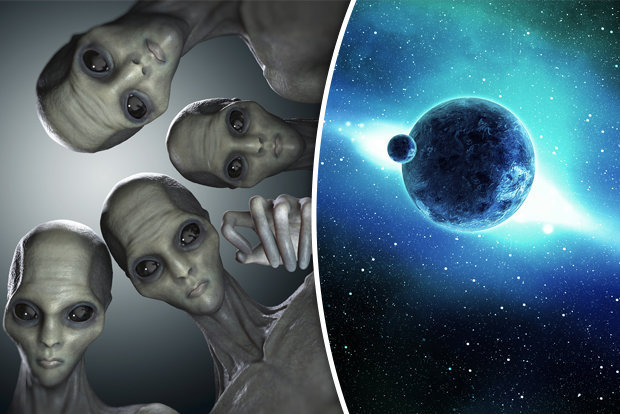
‘Super Earth’ with gassy atmosphere that could host alien life discovered.
Distant exoplanet K2-18b could be a scaled-up version of Earth – or a super-Earth – with suitable conditions to host alien life, according to a new study conducted by a group of American and Canadian researchers.
Back in 2015, K2-18b was found revolving around K2-18, a red-dwarf star located some 111 light years away in Constellation Leo. The exoplanet sits in a potentially habitable zone from its parent star, which makes it an ideal candidate to hold liquid water on its surface – a crucial element which is required to harbour any form of life.
However, not much was known about the exoplanet earlier, particularly about its composition, which is the reason researchers from the University of Texas and the University of Montreal decided to find out whether K2-18b is a rocky scaled-up version of Earth or a gassy object like Neptune.
“If you can get the mass and radius, you can measure the bulk density of the planet and that can tell you what the bulk of the planet is made of,” said lead author Ryan Cloutier, according to a report in Phys.org.
With that idea, they got insights into the density of K2-18b using radial velocity measurements taken from the High Accuracy Radial Velocity Planet Searcher – or the Harps instrument – mounted on European Southern Observatory’s (ESO) 3.6m telescope at La Silla Observatory in Chile.
The analysis revealed that K2-18b is either a massive rocky planet with a gaseous atmosphere like the Earth or a planet with mostly water and a thick layer of ice on top of it. “With the current data, we can’t distinguish between those two possibilities,” Cloutier said.
But that’s not the only thing researchers found. The analysis of the radial velocity measurements also helped them discover another planet revolving around K2-18.
While signals from the orbit of K2-18b appeared every 33 days, the signals from the other planet, which has now been named K2-18c, occurred every nine days. The newly discovered exoplanet also appears to be a super-Earth with more mass than our planet but is way too close to its parent star, something that makes it too hot to be in the potentially habitable zone, unlike its neighbour.
“Being able to measure the mass and density of K2-18b was tremendous, but to discover a new exoplanet was lucky and equally exciting,” Cloutier added.
The group further aims to get more insights into these super-Earths using the James Webb Space Telescope, which is set to be launched in 2019.













